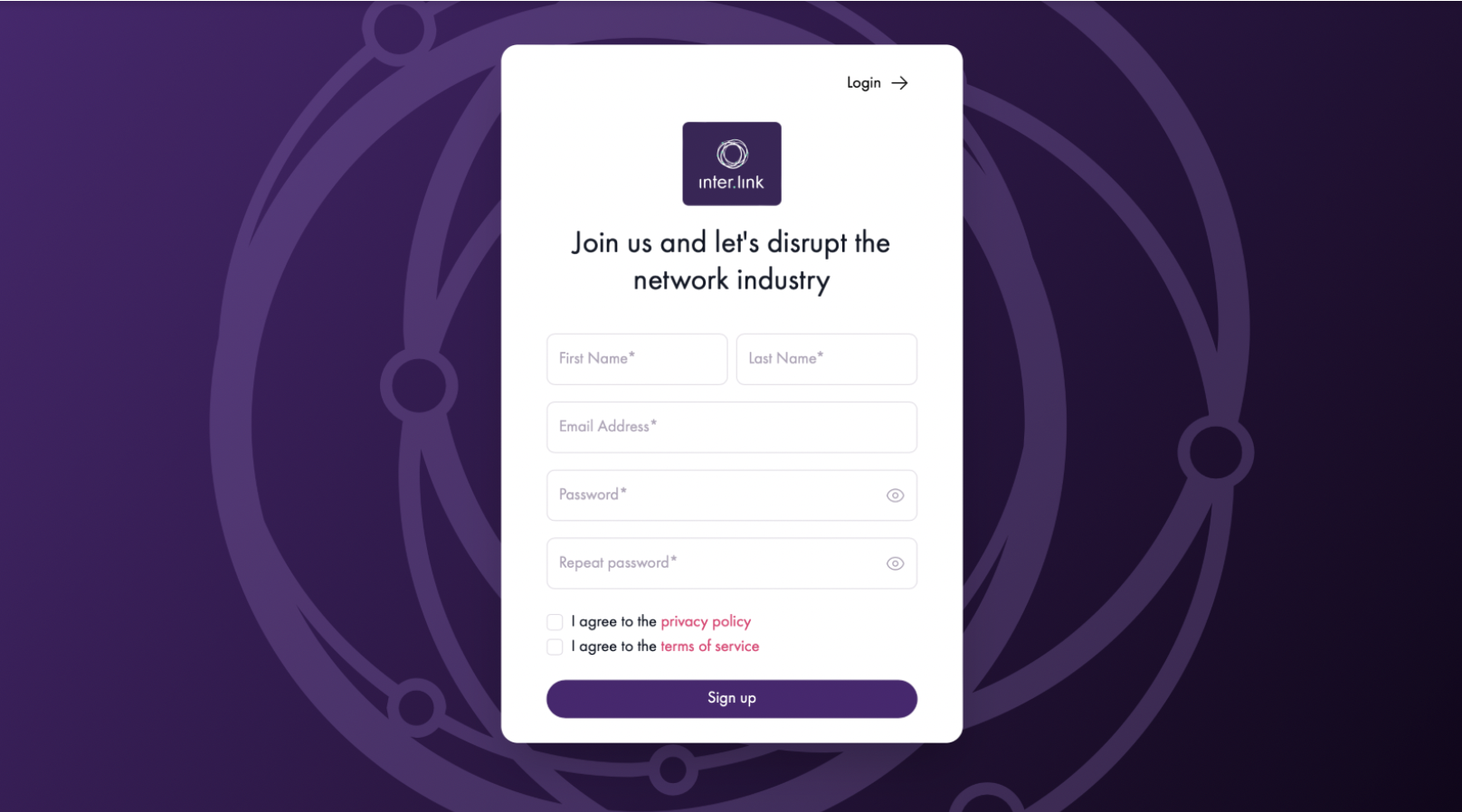Understanding and governing IP transit pricing is crucial for companies that depend on the efficiency and effectiveness of data transmission. The pricing of IP transit services is usually calculated as a per Mbps unit cost, determined by the amount of commitment data rate (CDR). The minimum commitment, for instance is 1G when you choose a 10G port. The lower the unit fee, the higher the amount of data you will commit. Here’s a deeper dive into the different aspects and methods to reduce IP transportation costs.

Factors Influencing IP Transit Pricing
IP Transit Pricing can be affected by several factors, including:
Committed data rate (CDR). Your CDR size has a major impact on the cost per Mbps. A larger CDR generally results in a lower speed cost, giving the benefit of a volume discount on bigger commitments.
Port Size: The physical dimension of the port (e.g., 1G, 10G or 100G) you choose will determine the minimum commitment amount and affects pricing.
IP transit ports can support capacity bursting that is higher than CDR. Burst traffic typically costs the same per Mbps, which gives flexibility to handle traffic spikes while not boosting CDR.
Geographical Location: Prices could vary based on the geographical geography and location of the IP transit providers’ network.
Quality of Service (QoS). Higher quality of service and features like DDoS Protection or advanced routing can affect the price.
The calculation of IP Transit Costs
To determine IP transportation costs accurately, you need to know the patterns of your data usage. It is also important to select the appropriate CDR. These steps can help you in calculating and managing these expenses.
Analyze Data Usage: Monitor your data traffic to determine the peak times of usage and average volume of data transfers.
Select the most appropriate CDR: Select one that is able to cover your usual usage while taking into account the possibility of bursts. Overcommitting may lead to unneeded expenses, while undercommitting could lead to higher traffic burst fees.
Factors in Bursts: Determine the possibility of traffic bursts and estimate the associated costs based on your provider’s pricing model.
Optimizing IP Transit Costs
To optimize IP transit costs, consider the following strategies:
Aggregated commitments: If you are a company that has multiple locations, aggregated commitments could be a viable option. This allows you to disperse your CDR over multiple sites which could reduce costs while boosting efficiency.
Negotiate with your IP transit service provider. Volume discounts, long-term contracts and bundles of services may result in cost savings.
Monitor and Adjust: Regularly check your usage and adjust your CDR according to the need. Make adjustments to your commitments in order to avoid paying for capacity that is not being used or high charges due to burst traffic.
Select the right service provider Select a provider with competitive pricing and quality services. Think about their geographical coverage in addition to their quality of service as well as other features that correspond with the needs of your business.
IP Transit: Its role in network performance
IP transit ensures an excellent connection to the internet as well as network performance. Businesses can gain from the investment in IP transit services by:
Improve Reliability – A reliable IP Transit provider can ensure that data are transmitted in a consistent and uninterrupted manner, which is critical for business operations.
Enhance Latency: Using the top peering and routing services offered by top IP transit companies, you can drastically reduce your latency.
Scale Flexiblely Modular IP transit solutions that are adaptable allow companies to increase their network capacity to keep pace with the expansion requirements.
Case Study of a Successful IP Transit Optimization
Imagine a medium-sized company with offices in different places. Through aggregating commitments and optimizing their CDR by analyzing their analyses of traffic patterns, the firm managed to reduce its overall IP transportation costs by 20 percent. By negotiating with their provider on a long-term deal, the company was able to secure a 10% discount on its per Mbps charges.
The end of the article is:
Understanding IP Transit Pricing and implementing cost management strategies is vital for companies that depend on robust and reliable transmission of data. Businesses can save significant sums of money while maintaining the performance of their network through optimizing CDR and making use of aggregated commitments. Staying informed and flexible will ensure your IP Transit strategy remains cost-effective and effective as the digital world evolves.
Leave a Reply